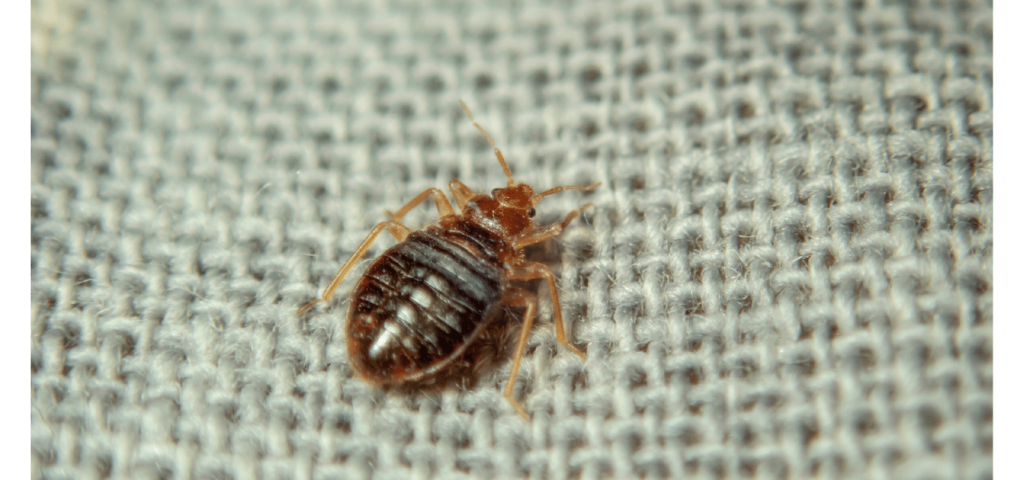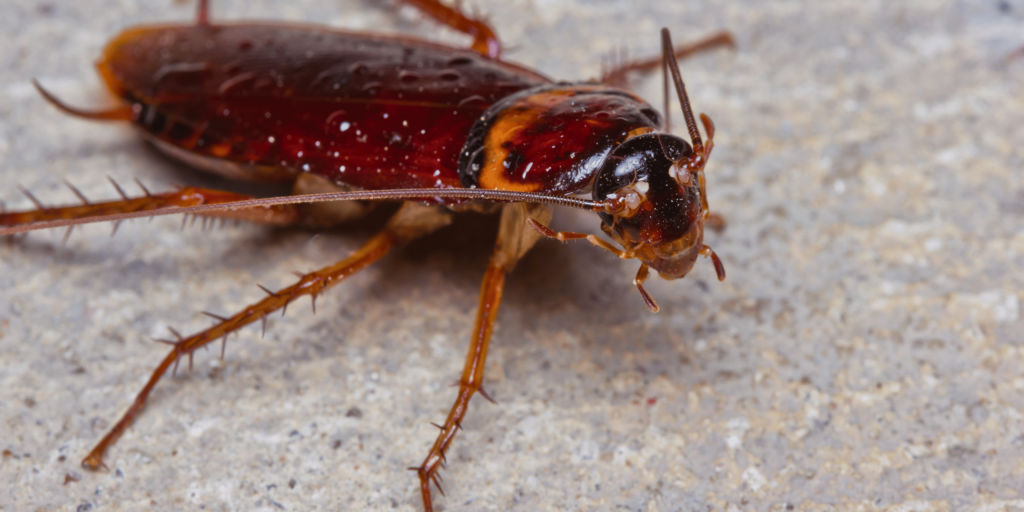Mastering Bed Bug Control: Your Ultimate Guide on How to Control Bed Bugs

greaternhpestcontrol
- December 20, 2023
- No Responses
5 Things That Attract Bed Bugs and How To Prevent Them
Welcome to our comprehensive guide on mastering bed bug control. If you’re grappling with the persistent issue of bed bugs, understanding the key factors that attract and repel them is pivotal for effective control and prevention. In this detailed blog, we’ll delve into the top attractions for bed bugs and provide actionable tips on how to control bed bugs in your home.
1. Warmth and Carbon Dioxide
Bed bugs, like many pests, are attracted to warmth. Your body heat, emanating as you sleep, serves as a beacon for them. Additionally, they are highly responsive to the carbon dioxide we exhale. The combination of heat and CO2 signals the presence of a potential blood meal, making bedrooms the primary battleground. Bed bugs are adept at detecting temperature changes and carbon dioxide concentrations, guiding them to their prey in the dead of night.
To counter this, maintaining a cool sleeping environment and using bed bug-proof mattress and pillow covers can make your bed less inviting. Furthermore, investing in mattress encasements can create an additional barrier, making it harder for bed bugs to access their preferred feeding ground.
2. Human Odors and Scent
Our bodies produce a variety of odors that attract bed bugs. Skin flakes, sweat, and body odors act as olfactory signals, guiding these pests to their next feeding location. Dirty laundry can also emit a scent that bed bugs find appealing. The folds and crevices of unwashed clothing become potential hiding spots for these unwanted guests.
To reduce the attractiveness of your living space, maintain good personal hygiene and wash your bedding regularly. Keeping dirty laundry in sealed containers or hampers can also help minimize the enticing smells that attract bed bugs.
3. Clutter and Hiding Spots
Bed bugs thrive in cluttered environments. Clutter provides numerous hiding spots and makes it easier for these pests to establish infestations unnoticed. They can hide in cracks, crevices, and folds of clothing or linens, waiting for the opportune moment to feed.
Decluttering your living spaces is a key strategy in bed bug prevention. Regularly inspect and clean areas prone to clutter, such as closets and under the bed. By eliminating hiding spots, you make it more challenging for bed bugs to establish a presence in your home.
4. Travel and Infested Items
Bed bugs are excellent hitchhikers, often catching a ride on luggage, clothing, or used furniture. Traveling to places with reported bed bug infestations increases the risk of bringing these pests back home. Used furniture, especially mattresses and upholstered items, may harbor bed bugs or their eggs.
When traveling, inspect your accommodation for signs of bed bugs, such as tiny reddish-brown stains on sheets or mattress seams. Upon returning home, wash and dry your travel clothing on high heat, and thoroughly inspect luggage. When acquiring second-hand furniture, conduct a careful examination to ensure it’s free of bed bugs.
5. Carbon Dioxide and Heat Emanating from Electronics
Bed bugs are not only attracted to the warmth and carbon dioxide produced by humans but also by electronic devices. Electronics, such as laptops and gaming consoles, generate heat and release carbon dioxide, creating additional hotspots for bed bugs. They may find refuge in the nooks and crannies of these devices.
Reducing the attractiveness of electronics involves regular cleaning and maintenance. Vacuuming vents and using compressed air to remove dust can help eliminate potential hiding spots for bed bugs. Additionally, storing electronics in sealed containers when not in use can limit their appeal to these pests.



